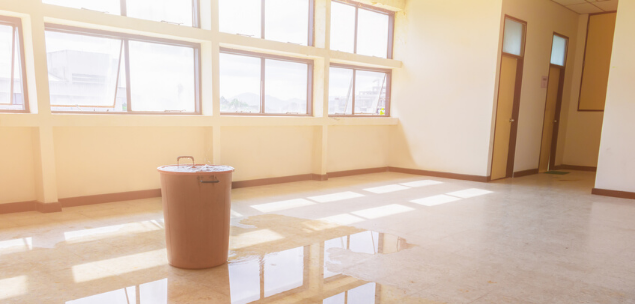Almost 9 out of 10 small business owners agree that an insurance claim has the potential to put them out of business, cause them to lose revenue, or dry up cash flow.
Despite these statistics, 62 per cent of SMEs said they are unlikely to have the right insurance in place to protect their business.
The QBE SMEs and Insurance: A pulse check on risk trends for businesses report, launched last week, surveyed over 600 Australian SMEs[1]on their insurance habits. The results revealed that if faced with a claim, a majority of SMEs would likely run up large personal debts to pay these, with 33 per cent admitting to simply not knowing where the money would come from or how they would finance the legal costs.
Aaron Gavin, General Manager, Small to Medium Enterprises (SME), QBE Australia said that when business owners think of insurance, they tend to think more of their tangible assets like the business property or electronic equipment first.
“It’s important to understand all the risks your business faces to ensure you’re protected should someone bring a compensation claim against you for an event connected with your business, even if that incident is not your fault. This can include a customer being hurt on your business premises, a competitor claiming you stole their ideas, or a customer claiming a breach of privacy.”
Mr Gavin said that talking to SME’s highlighted the need for liability insurance, with QBE liability claims data[2] revealing the 10 most common liability incidents that can impact your business, along with the 10 most expensive liability claims:
| Most common liability incidents | Most expensive liability claims | ||
| 1 | Faulty workmanship | 1 | Injury to labour hire personnel |
| 2 | Accidental damage to the property of others | 2 | Injury to third party worker |
| 3 | Water damage | 3 | Electrocution |
| 4 | Impact/damage by vehicle | 4 | Fire |
| 5 | Slip, trip and fall | 5 | Defamation/slander |
| 6 | Excavation and drilling damage | 6 | Trapped by machinery or equipment |
| 7 | Impact by object injury | 7 | Physical assault injury |
| 8 | Lifting, carrying or putting down objects | 8 | Faulty Product |
| 9 | Faulty product | 9 | Slip and fall injury |
| 10 | Fire | 10 | Impact by object injury |
Aside from assessing liability risks, Mr Gavin added that businesses typically fall into two key insurance mistakes – underinsuring the business property and not taking business continuity or interruption to the business cover.
“If a fire goes through your business premises it can take weeks to get back up and running, which means weeks of lost turnover if you don’t have business interruption cover. For small businesses, that could mean the difference between staying afloat or going bust. We’ve seen plenty of examples where we were able to reinstate the property, and legal liability was covered, but because the business couldn’t continue trading and cash flow was impacted, it lost customers and ultimately went out of business,” said Gavin.
Mr Gavin continued: “When your business grows, it’s vital to review your policy – factors like equipment upgrades, new premises, and new employees can all mean your old insurance policy no longer fits your needs. It’s important to consult with your insurer or broker to keep a check on whether your insurance coverage is still appropriate as your business changes.”
[1] Pureprofile research study of 609 Australian SMEs completed for QBE Insurance during April 2019
[1] QBE liability claims data 2015 to April 2019

